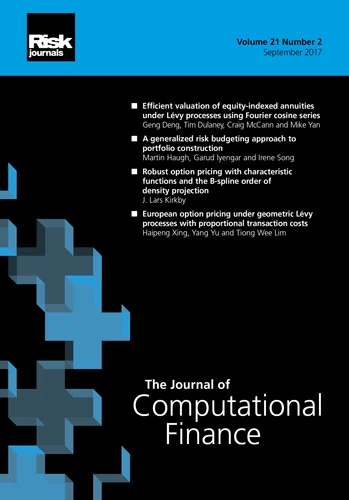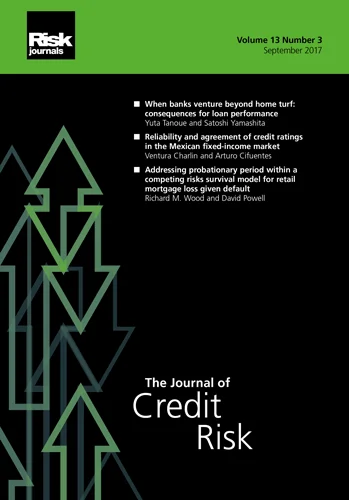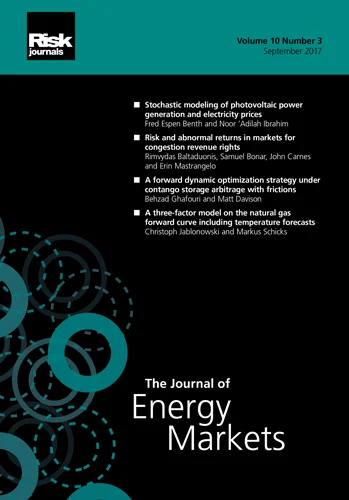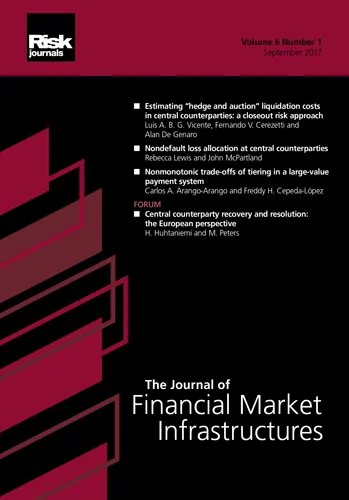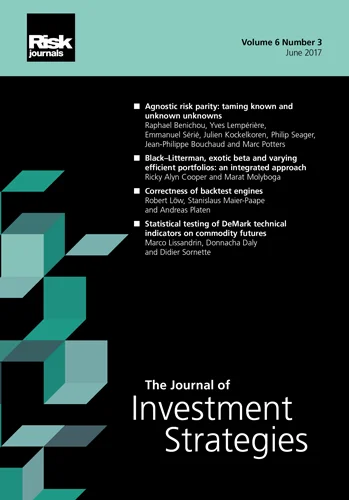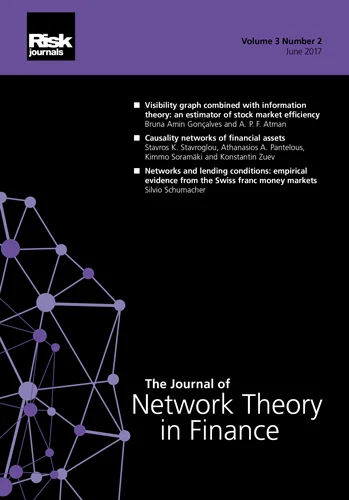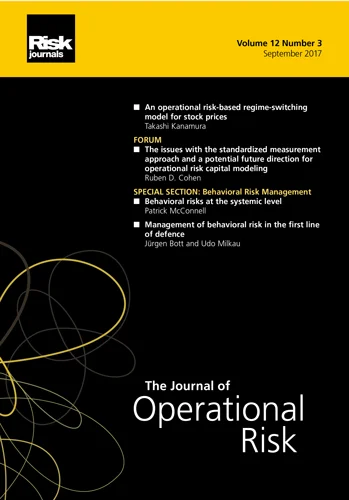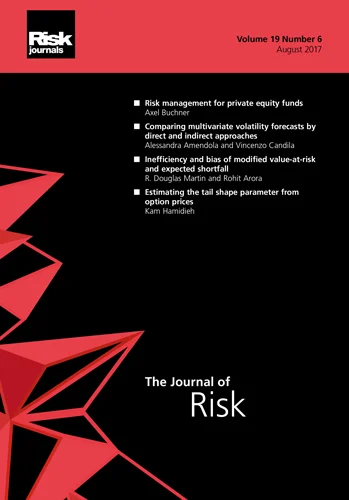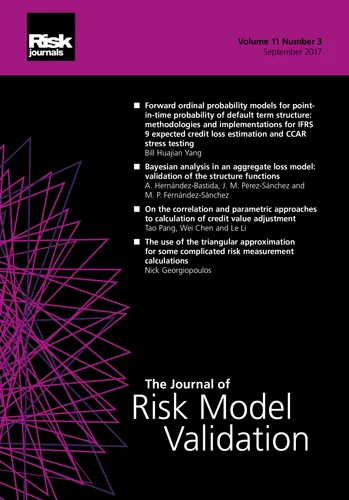Journal of Credit Risk
ISSN:
1755-9723 (online)
Editor-in-chief: Linda Allen and Jens Hilscher

Forecasting consumer credit recovery failure: classification approaches
Need to know
- We analyze actual data on credit recovery program applicants and find key determinants of credit recovery failure.
- We present forecasting models to predict credit recovery failure.
- Artificial neural network algorithms can make better predictions than logistic regressions or other methodologies can.
Abstract
This study proposes an advanced credit evaluation method for nonperforming consumer loans, which may serve as a new investment opportunity in the post-pandemic era. Our results, based on both a unique account-level data set and machine learning techniques, imply that the artificial neural network algorithm with demographic and account-related variables performs the best in terms of predicting consumer credit recovery failure within 24 months. We also find that the key determinants of such failures are the total amount of delinquent debt, the applicant’s age and the maximum length of the overdue period. A forecasting model using the random forest algorithm can also be improved by using additional information that is determined after a debtor applies for the credit recovery program. Our findings have practical implications for banks, financial institutions and investors who need to manage and evaluate nonperforming loans.
Copyright Infopro Digital Limited. All rights reserved.
As outlined in our terms and conditions, https://www.infopro-digital.com/terms-and-conditions/subscriptions/ (point 2.4), printing is limited to a single copy.
If you would like to purchase additional rights please email info@risk.net
Copyright Infopro Digital Limited. All rights reserved.
You may share this content using our article tools. As outlined in our terms and conditions, https://www.infopro-digital.com/terms-and-conditions/subscriptions/ (clause 2.4), an Authorised User may only make one copy of the materials for their own personal use. You must also comply with the restrictions in clause 2.5.
If you would like to purchase additional rights please email info@risk.net
